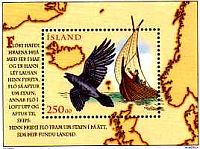
Stamp commemorating Floki and his ravens
The crows nest, as a shelter for the lookout on whaling ships sailing the icy waters of the Arctic, was by all indications, invented by Captain William Scoresby around 1807. (See yesterday’s post: Crow’s Nests : Part 1 — Melville & Captain Scoresby.) Nevertheless, many claim that the crow’s nest dates back much further. According to the “Origins of Naval Terminology” page on the America’s Navy website, the crow’s nest can be traced back to the Vikings. Their entry “crow’s nest” reads:
The raven, or crow, was an essential part of the Vikings’ navigation equipment. These land-lubbing birds were carried on aboard to help the ship’s navigator determine where the closest land lay when weather prevented sighting the shore. In cases of poor visibility, a crow was released and the navigator plotted a course corresponding to the bird’s flight path because the crow invariably headed towards land.
The Norsemen carried the birds in a cage secured to the top of the mast. Later on, as ships grew and the lookout stood his watch in a tub located high on the main mast, the name “crow’s nest” was given to this tub. While today’s Navy still uses lookouts in addition to radars, etc., the crow’s nest is a thing of the past.
Continue reading →


 PortSide New York,
PortSide New York,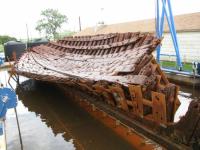 Two years ago
Two years ago 
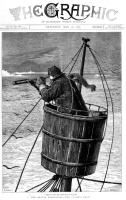
 Congratulations to
Congratulations to 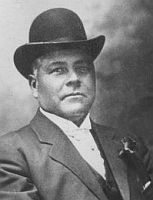 Today is the 155th anniversary of the birth of
Today is the 155th anniversary of the birth of 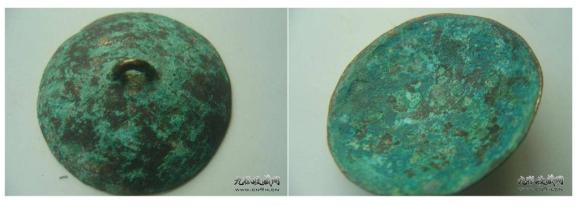

 I believe that this is the first straight-out restaurant review that we have done on the Old Salt Blog. Then again the
I believe that this is the first straight-out restaurant review that we have done on the Old Salt Blog. Then again the 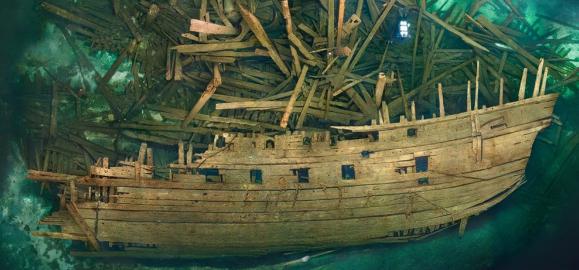
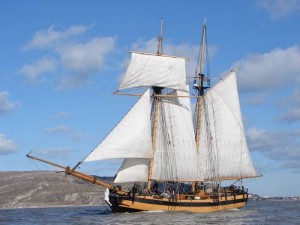 HMS Pickle is for sale on Ebay
HMS Pickle is for sale on Ebay